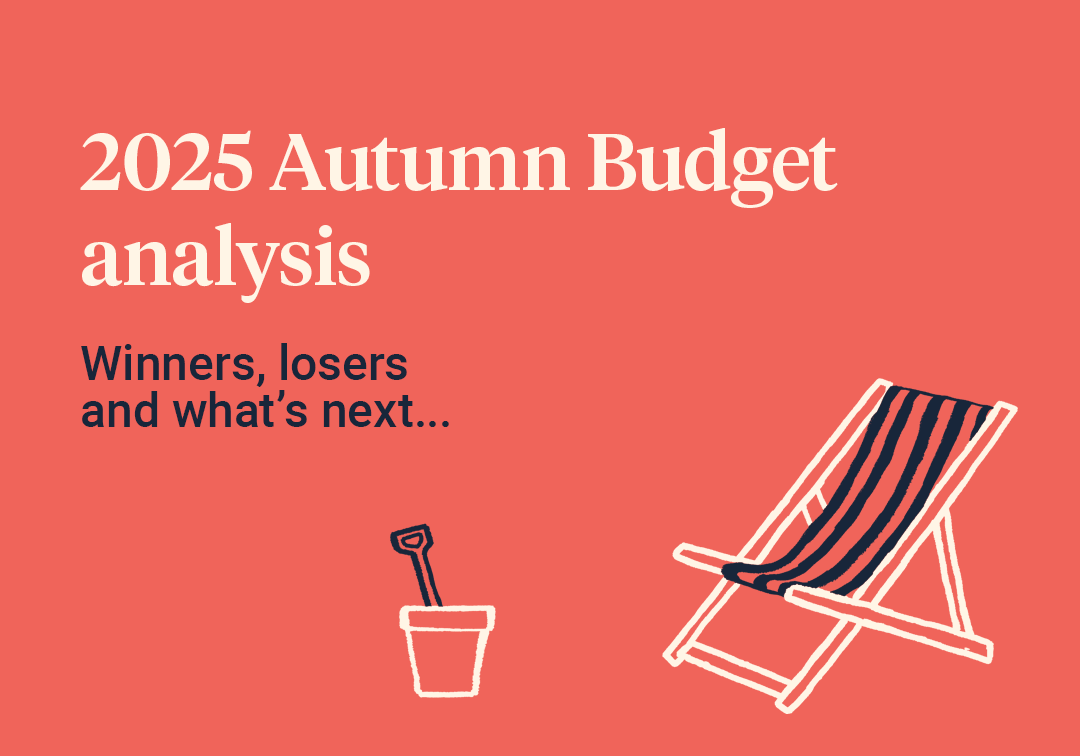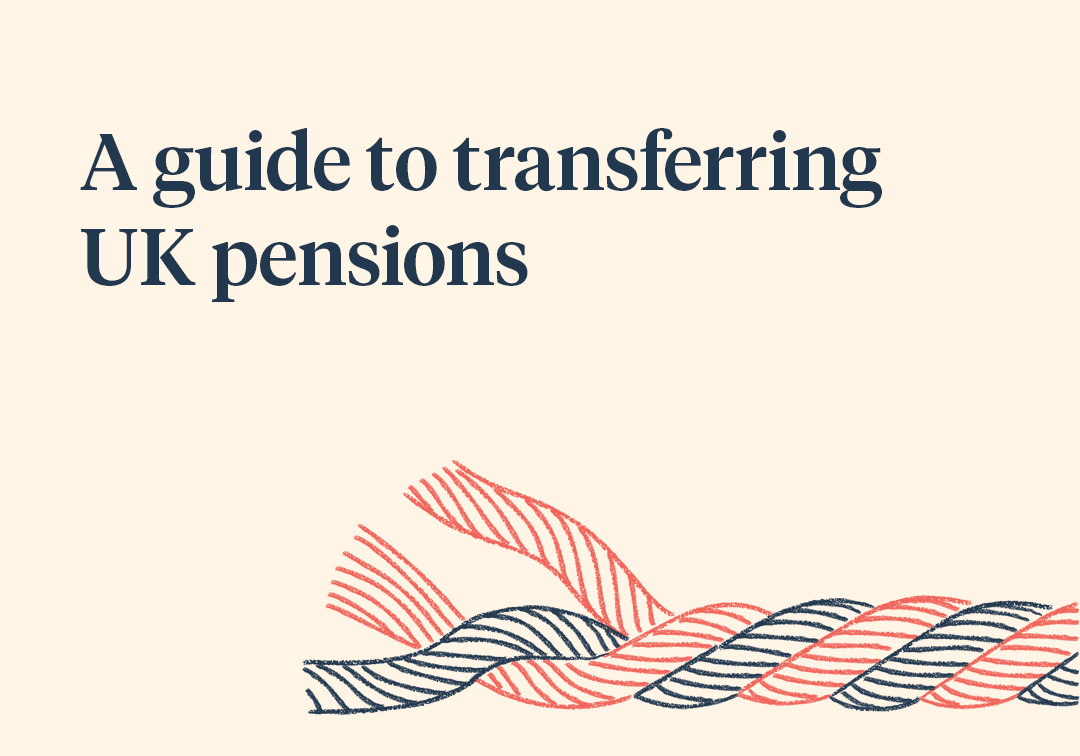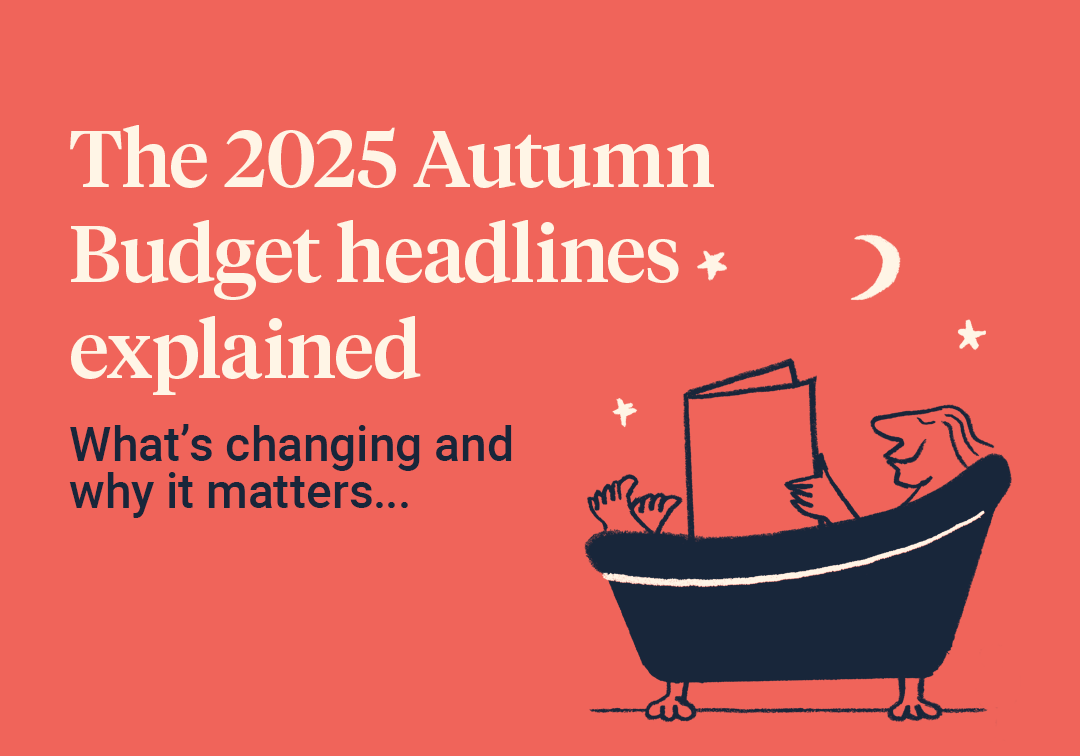With January firmly behind us, how has your start to 2023 been? Are you revelling in the glory of sticking to your New Years’ resolutions? Or did you join the majority by giving up before even getting started?
Unsurprisingly, doing more exercise and improving fitness topped the resolutions list; however, “in the biggest change year-on-year, 41% of Britons (who made resolutions) said they wanted to save more money, up from 30% in 2022.”[1]
If this is you, but you have been slow off the start line, do not despair. The lead up to tax year end (5 April) provides the perfect opportunity to have a financial MOT.






